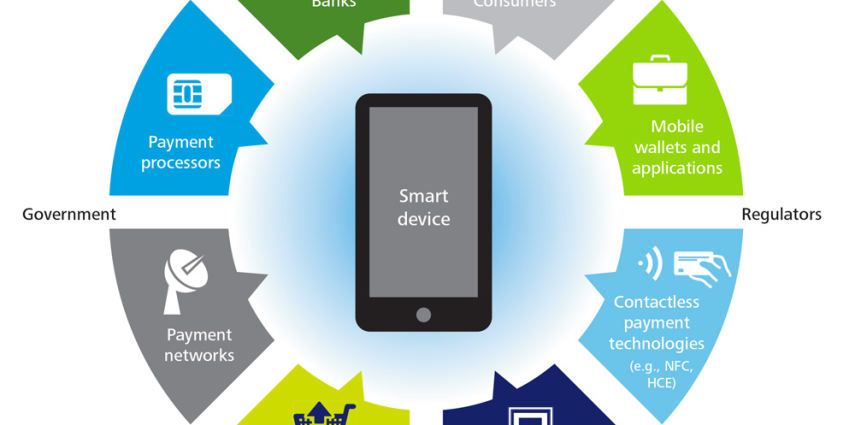As far as 15 years ago we had slow connectivity and expensive storage. Whenever thinking about the future of computing two major trends were feasible – either storage would become so cheap so every device could store gigantic amounts of data or connectivity would become fast and widely spread so information is stored remotely.
This concept could easily apply to one very new and attractive market – will self-driving cars make decisions based on traffic conditions and optimal routes or send data to the cloud and get feedback? Same question applies to more advanced robots and what will be the benchmark for complex Artificial Intelligence.
Today we observe a trend which includes both big storage capabilities and fast connectivity, but with scales tipping towards cloud-based solutions. Naturally, Smartphones are becoming more advanced but the speed of hardware improvement is not incredible and most of the advancements are software-related.
But beside complex multi-system machines today we also have incredibly simple tools like Google Home which consist of microphones and speakers, combined with connection to the cloud – the place where all the work is done.
We should alter the way we look at electronics in terms of software and hardware to new systems of devices, operating via programs and most importantly – partnerships. In order to clarify this statement we will examine the way mass technology changed in four main topics – analog, digital, smart development and personalized digital systems.
Analog
Before digital media we had devices, capable of doing only one thing – a TV, Walkman or later Discman. Almost every year there was one new amazing device improving on the experience provided by its predecessors. One interesting fact is that at that time record stores had to adapt by selling several physical formats of the same album just to keep up with technological advancements while still reaching wide customer base.
Digital
Digitalization really changed what was established in the previous period and made life much simpler. One mp3 player replaced the Walkman and Discman and later Smartphones virtually became a computer in your pocket. Yes, some “dinosaurs” expressed nostalgia, but they either disappeared or quickly embraced the benefits of one device having more than a single functionality.
Smart Development
With the smartphone becoming an inseparable part of everyday life, capable of serving from a flashlight to a small inch TV, any other non-smart device needed improvement in order to justify its existence for the consumer. ChromeCast improving TVs or the emerging of Smartwatches are just examples for companies adjusting to a complex environment. It is only logical to focus on partnerships between these devices, solely based on their wide functionalities.
Personal digital systems
Tesla and Echo are companies revolutionizing our view of consumer products. Thanks to machine learning, one can buy a product that gets better by itself over time. These are items developed with software and hardware by companies that came to the conclusion that products are more appealing when they provide access to a system. It also adds to customer loyalty as this system is part of the same corporate family.
Digital money will work only if retailers are ready to accept it. Smartwatches and Smartphones are the kind of devices that should be embraced as personal access tools to one’s online boarding pass for example. An important question for the future is not what the divice will be capable to do, but to what extend of his personal information will the owner allow to have this digital “key”.
One thing is certain – the future holds more interconnectedness than we could ever imagine and it is up to us to make sure we do It in a way that cannot be exploited by third parties.

